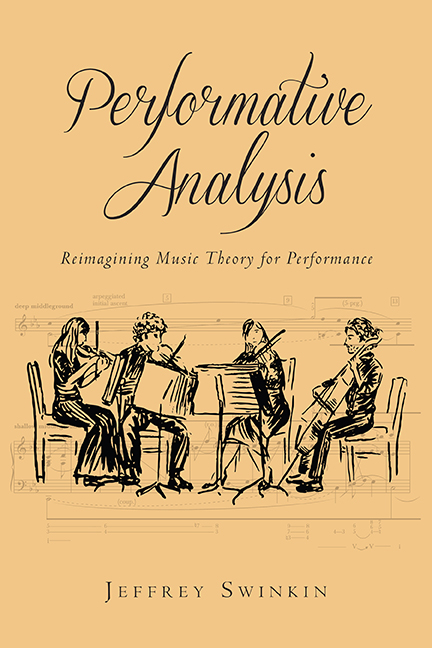5 - Musical Structure(s) as Subtext: Resisting Schumannâs âRingâ
Published online by Cambridge University Press: 09 June 2021
Summary
Schumann, “Du Ring an meinem Finger,” from Frauenliebe und –leben
I begin with an admittedly risky generalization, but one I believe is basically true: classical vocalists tend not to sing with a wealth of dramatic nuance. Operatic singers tend to effuse rather obvious emotions—perhaps because the more subtle ones do not “read” in the huge halls in which operas are usually performed. Also, the musical subtleties by which emotional ones are conveyed are difficult to project over a large orchestra. Lied singers do not usually face these obstacles and hence tend toward greater emotional nuance. Still, they often prioritize the classic traits of beautiful singing— long lines, phrase arches, vibrato—over really acting the song. Musicaltheater vocalists, by contrast, routinely treat a song as primarily a dramatic utterance, as the outpouring of a multidimensional character, one with an extensive back story. Much of this drama is enfolded into an inner monologue or subtext. This subtext will house a wide range of thoughts and feelings, some of which are only partially congruent with, or even may contradict, the written text. Such emotional multidimensionality, of course, reflects that of real people, who often feel something on one level and the opposite on another.
I think the classical singer could benefit from adopting the above approach to a greater degree. In fact, she enjoys a distinct advantage over her musical-theater counterpart in having the music-structural complexity and richness of a Schubert, Schumann, or Brahms on which to draw. Such structure, interpreted imaginatively—interpreted as metaphorical for physical and psychical states and processes—can provide fodder for an inner monologue, which in turn will yield certain demonstrable music-interpretive nuances. Moreover, such an approach, with its swath of sometimes contradictory emotions, is not only aesthetically advantageous but even ethically desirable in cases where the song holds dubious ideological commitments. Such might be the case with Schumann's Frauenliebe und -leben, op. 42, which some accuse of harboring misogynist sentiments. This is a sticky issue, which I will return to later. But supposing the singer construed the cycle in this way, it seems she might want to use inner monologue to somehow resist such hateful sentiments, to pull away subtextually from the allegiances to which she is somewhat bound textually.
- Type
- Chapter
- Information
- Performative AnalysisReimagining Music Theory for Performance, pp. 167 - 218Publisher: Boydell & BrewerPrint publication year: 2017



